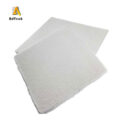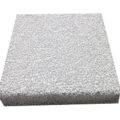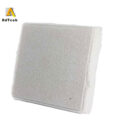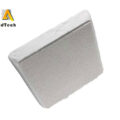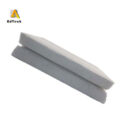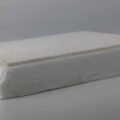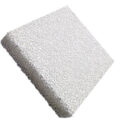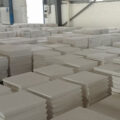The molten aluminum filtration uses foam ceramic filters for foundries. This is a single-use disposable filter, made of porous ceramic foam., and has a strictly controlled pore size. Due to their simple operation and short-term good results, these are usually the only filtration equipment in many foundries.
It is not enough that the foam ceramic filter has good filtration efficiency. It must also have a high and consistent flow rate, good strength, high capacity, and good dimensional accuracy. This must be achieved at the lowest possible cost. Some of these parameters conflict with each other, for example, if the capacity of the filter is very large, the filtration efficiency may be affected. Therefore, the most effective filter is the one that has been carefully designed to provide the best performance on all these parameters.
The three key parameters of Foam Ceramic Filters for Foundries are:
Filter area-the larger the area, the greater the potential metal flow. However, due to the risk of damage, large tiles may be difficult to handle.
Pore size-The smaller the pore size, the higher the efficiency of the filter. However, it is more likely to deter mid-term actors.
Thickness-The thicker the filter, the better the filtration efficiency. However, it may be more difficult to start it initially.
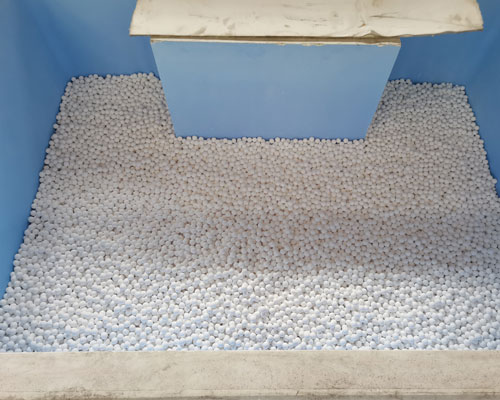
For inclusive key products, some foundries use deep bed filters. This usually involves filtering molten aluminum through beds of ceramic media of different sizes. Although these are usually very effective (usually over 85%), they can be expensive to operate. This is due to the required floor space and the limited service life of the filter media. They usually need to be replaced and disposed of on a regular basis.
For some extremely critical applications, more expensive ceramic tube filters are usually used.
Through deep filtration of ceramic foam filter and ceramic particles with an active coating, inclusions in molten aluminum can be removed. The results of the tensile test showed that the elongation of the filtered tensile sample increased by 17.93%, but the tensile strength did not.
Scanning electron microscope (SEM) inspection showed that the secondary cracks and dents in the filtered tensile specimen were finer and more uniform compared to the unfiltered tensile specimen. In addition, metallographic examination showed that there were only a few inclusions with a diameter of about 6 μm in the filtered sample, but inclusions with a diameter of about 40 μm were found in the unfiltered sample. The filtration efficiency of the coated ceramic particles is higher than that of the coated ceramic foam filter. The active coating can effectively trap impurities and dissolve Al2O3 in it during the filtration process.




